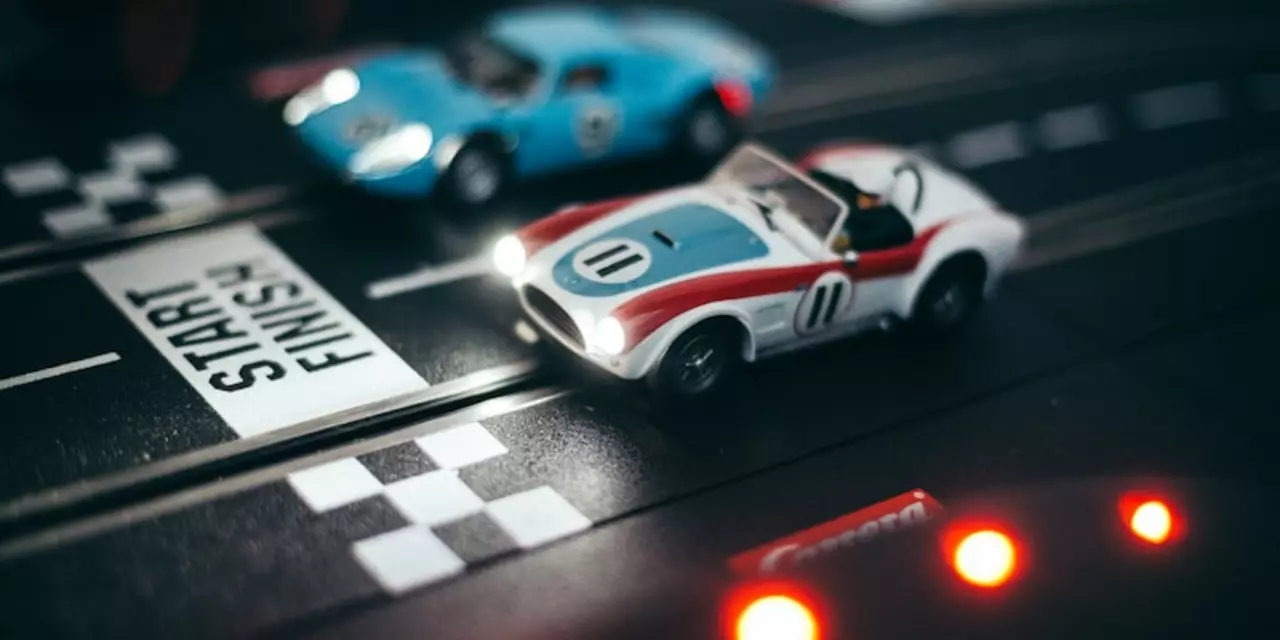Differential: What It Is and Why It Matters in Motorsports
When you hear the term "differential" you might picture a complex gearbox, but it’s really just a clever device that lets wheels spin at different speeds. On a corner, the inside wheel turns slower than the outside wheel – the differential makes that happen smoothly. Without it, you’d fight the steering, tire wear would skyrocket, and lap times would suffer.
In simple terms, a differential splits engine torque between the left and right wheels. It does this by using a set of gears that can rotate at different rates while still sharing power. The result is a car or bike that handles turns with confidence, and a rider who feels more connected to the track.
How a Differential Works
Imagine two friends pulling a sled uphill. If one is stronger, the sled still moves forward because the stronger friend does more work. A differential works on the same principle – it lets the stronger (faster) wheel get more power while the weaker (slower) wheel gets less. This is achieved with a ring gear, pinion gear, and a pair of side gears that spin independently.
There are three main types you’ll see on the race circuit. An open differential is the basic design; it’s cheap and works well on dry surfaces. A limited‑slip differential (LSD) adds clutch plates or a viscous fluid to limit wheel spin, giving extra grip when one wheel starts to lose traction. A locking differential can “lock” both wheels together for maximum traction on loose or slippery terrain.
Choosing the Right Differential for Your Ride
If you’re on a road‑racing bike, an open differential usually suffices – you want smooth power delivery and low weight. For track days with high cornering forces, an LSD can shave seconds off your lap by keeping both wheels planted. Drag racers often prefer a locking unit because the straight‑line burst doesn’t need the wheels to turn at different speeds.
Installation isn’t a DIY job for most riders. You’ll need proper alignment, correct gear ratios, and sometimes a new driveshaft. Talk to a trusted mechanic or a specialist shop that knows your make and model. They can match the differential’s torque capacity to your engine’s output and your typical track conditions.
Maintenance is simple but essential. Check the fluid level (if it uses oil), look for leaks, and listen for unusual noises. A whine or grind usually means the internal clutches are wearing out – replace them before they fail on the track.
Understanding how a differential affects handling gives you a real edge. You’ll know when a wheel is slipping, how to adjust corner entry speed, and which setup will let you push the bike further. The next time you line up for a lap, think about the tiny gears inside that keep you moving smoothly around every bend.





